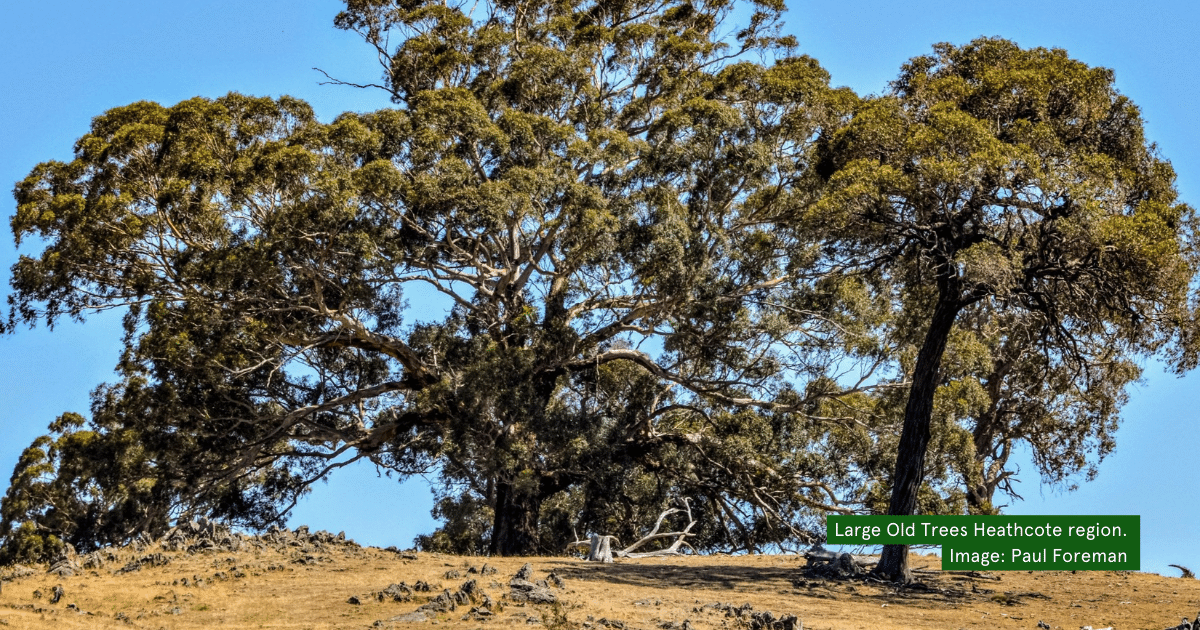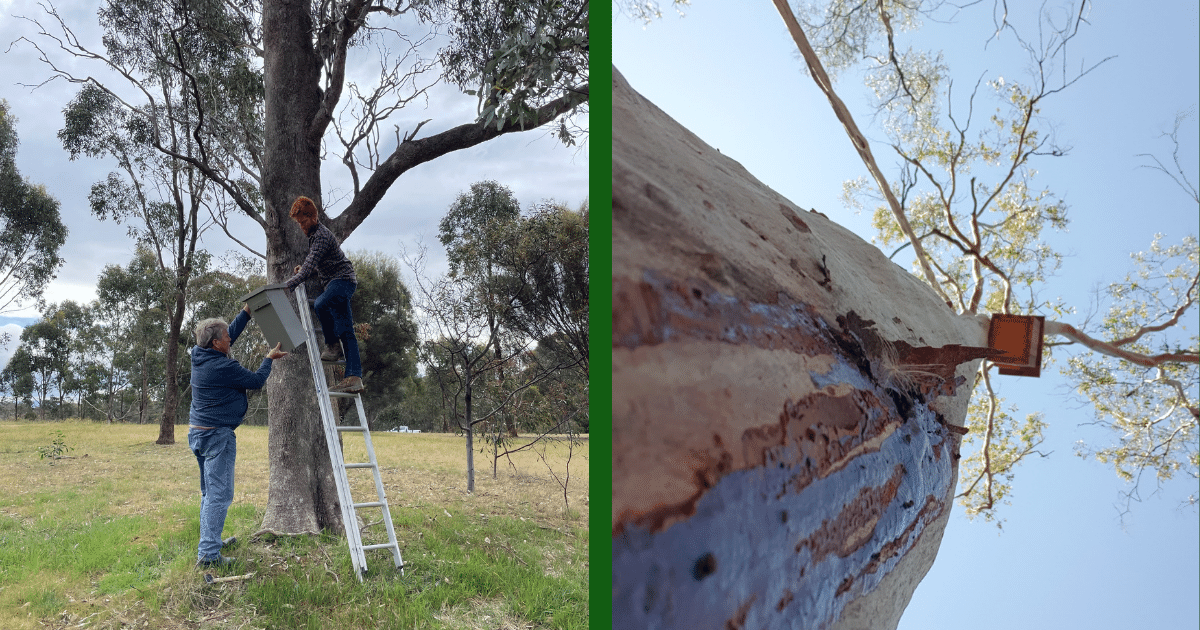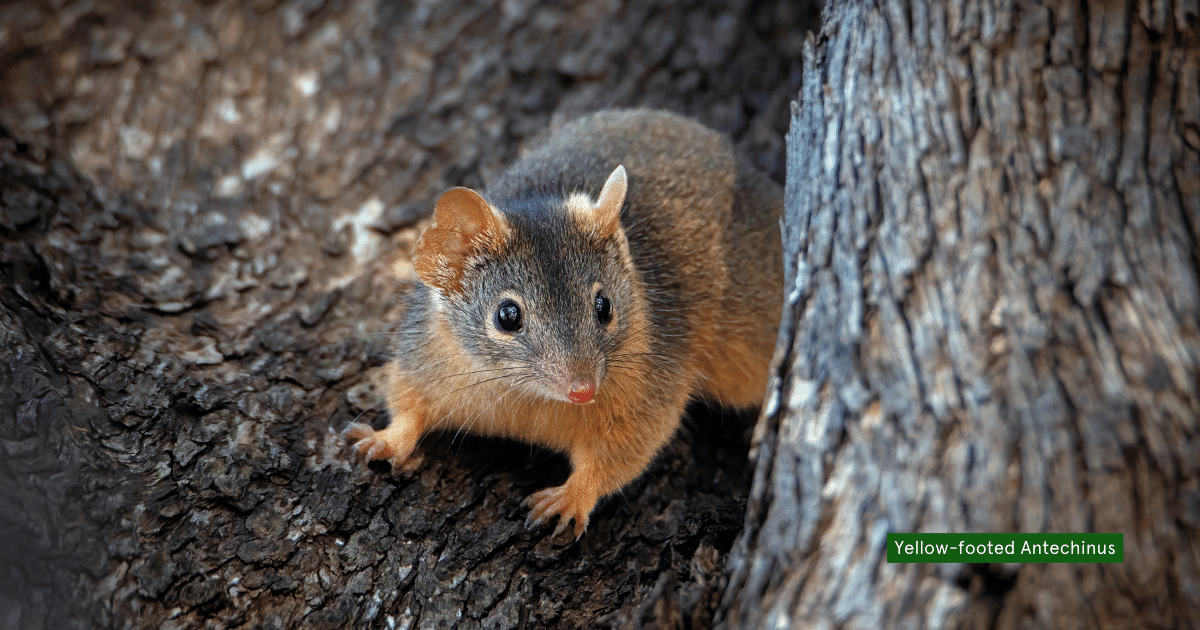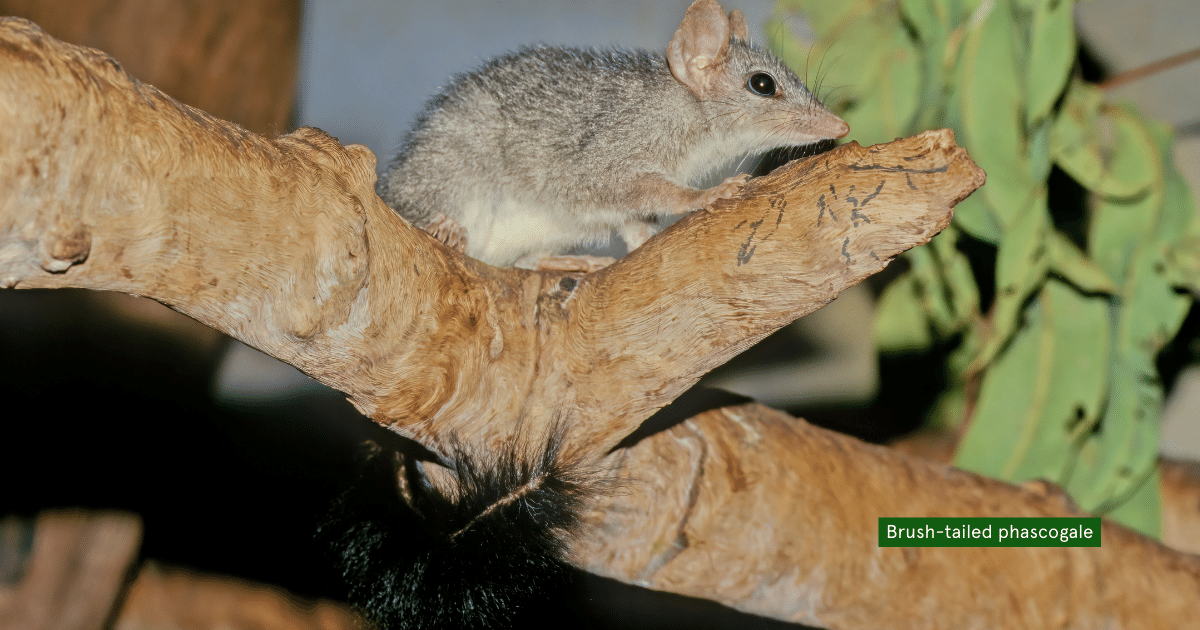
WIRES National Grants Support Heathcote Local to Landscape Project
Sunday, February 18, 2024
Heathcote Local to Landscape
Heathcote Local to Landscape is a community-led, landscape-scale ecological restoration program.
Recognising the Heathcote region is home to an abundant and diverse range of indigenous species – yet has suffered much degradation at the hands of humans over the past 200 years – a group of passionate and concerned local landholders formed a group to regenerate nature so wildlife and threatened species can thrive once again.
The group reached out to Biolinks Alliance, understanding the organisation can offer the conservation expertise and leadership necessary to support them in their quest to restore the local environment.
Heathcote Local to Landscape is focused on urgently fostering habitats for wildlife and threatened species by building the skills, knowledge and capabilities of local landholders and the community in the Heathcote region on Taungurung Country.

Project Impact and Grant Utilisation
With the support of local landowners, they identified significant conservation and ecological sites home to many threatened wildlife species, such as the swift parrot and brush-tailed phascogale. The project focused on conserving and enhancing vital habitats in large surrounding trees, native grasslands, and springs.
With a $20,000 WIRES National Grant, the project installed nest boxes across properties and deployed camera traps for wildlife monitoring. The grant facilitated significant progress, including installing nearly 100 nest boxes and acquiring 13 camera traps.
This project was also the recipient of the 2022 Mikla Lewis OAM Habitat Restoration & Enhancement Grant. When Mikla Lewis OAM founded WIRES in 1986, little did she envisage that 35 years later, the organisation would have expanded from a single branch in Sydney to 28 branches and more than 4000 members. She decided to form WIRES, with the help of a small group of people from various environmental organisations, following a report of an injured ibis in Sydney’s Hyde Park when none of the existing animal welfare bodies had either the jurisdiction or the resources to implement a rescue.
Mikla’s foresight and knowledge led to the rescue and rehabilitation of thousands of native animals. To this day, she continues to be a dedicated WIRES volunteer.
This grant is awarded to a project, or projects, that involve habitat restoration, renovation, or enhancement.
The project has confirmed the presence of a range of native fauna in the area, including the threatened brush-tailed phascogale, Krefft's (sugar) gliders and yellow-footed antechinus, all in the same location, along with other more well-known native species.


Promoting Biodiversity
The project's efforts have yielded positive results with these new sightings. Through habitat improvements and community engagement, it aims to conserve biodiversity for future generations.
Landholders have been actively involved, learning to use camera traps and contributing to wildlife monitoring efforts. This engagement fosters a deeper connection to the environment and raises awareness about local biodiversity.
Looking Ahead
Revegetation of indigenous ground cover, mid-storey and canopy species, ecological thinning, and fencing around important habitat features are all part of the habitat improvements in this community. This work increases habitat extent and connectivity in the region, promoting local biodiversity conservation into the future.
Nest box monitoring and habitat improvements will continue in 2024. The project serves as a model for community-driven environmental initiatives, showcasing the power of collaboration in protecting our natural heritage.
A Lasting Contribution
Biolinks Alliance's Heathcote Local to Landscape project has encouraged the local community to actively participate in preserving their surrounding natural heritage and has allowed for valuable insights into the region's ecological health with the hope of contributing to the broader conversation on wildlife conservation in Australia.
Recent Posts
WIRES launches its first wildlife rehabilitation centre - Mullyang
WIRES Emergency Response in the wake of ex-tropical cyclone Alfred
International Women’s Day Volunteer Spotlight: Shelley
Tropical Cyclone Alfred – Emergency Wildlife Advice
Interview with WIRES Training and Development
Celebrating Women in Science: The Journey of Holly, Wildlife Conservationist and WIRES Team Member
